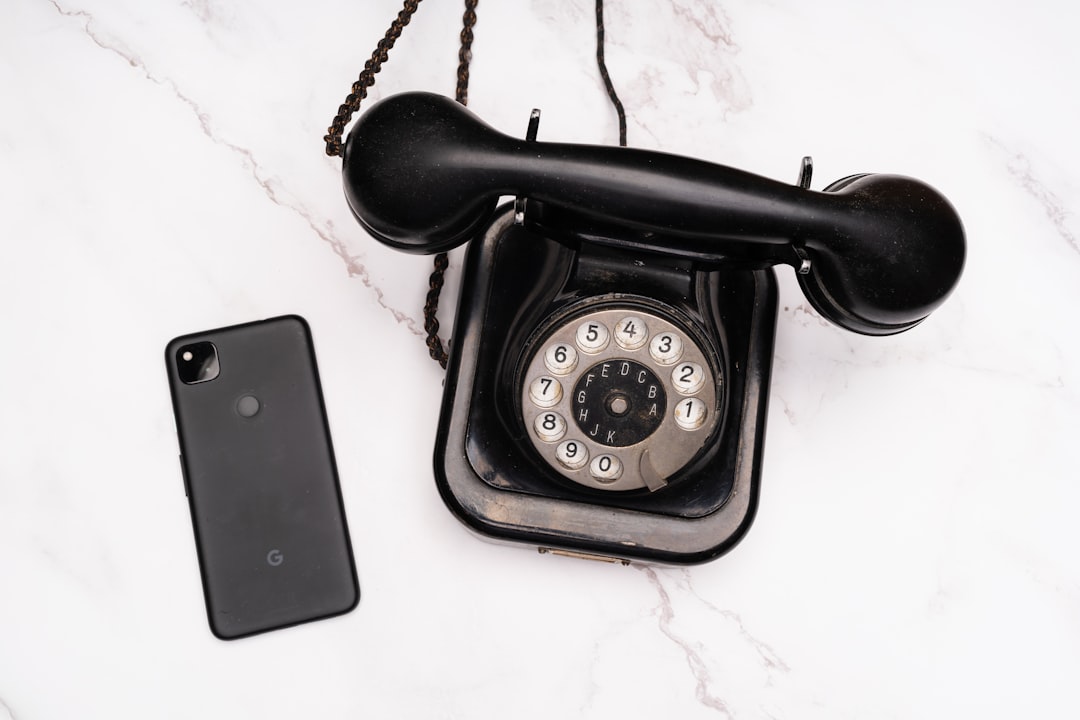In today's digital age, with phone systems as primary communication tools, security is critical. Spam call attorneys in Minnesota highlight Multi-Factor Authentication (MFA) as a key defense against malicious activities like spam calls targeting businesses. By adding an extra verification layer beyond passwords, MFA blocks unauthorized access and safeguards sensitive data from cybercriminals. Implementing MFA, as outlined in a comprehensive guide, includes assessing current systems, choosing suitable providers, integrating solutions, user education, and regular security reviews to combat evolving threats like spam calls prevalent among Minnesota businesses.
Elk River Workshop owners, are you prepared to safeguard your business against the rising threat of spam calls? In today’s digital age, securing phone systems is paramount. This comprehensive guide explores Multi-Factor Authentication (MFA), a powerful tool in the fight against unwanted spam and fraud. We’ll delve into the legal implications, specifically targeting spammers who pose a significant risk to Minnesota businesses. Get ready to transform your phone system with an MFA setup, ensuring a safer and more secure communication environment.
Understanding Multi-Factor Authentication: A Need for Phone Security

In today’s digital age, where phone systems are integral to communication, ensuring their security is paramount. Multi-Factor Authentication (MFA) stands as a robust defense against unauthorized access and malicious activities, such as spam calls, which have become a persistent problem for businesses across Minnesota. By implementing MFA, you add an extra layer of protection beyond simple passwords. This involves requiring users to provide multiple forms of verification before granting access to their phone systems.
This additional security measure ensures that even if a hacker obtains a user’s password, they still need to bypass other authentication factors like unique codes sent to a specific device or biometric data. It effectively stops spam call attorneys and other cybercriminals from gaining unauthorized entry, safeguarding sensitive information and ensuring business continuity.
Spam Calls and Their Impact on Minnesota Businesses

Spam calls, often posing as legitimate business or financial offers, have become a significant nuisance and security risk for Minnesota businesses. These unwanted phone interactions are not just irritating; they can lead to substantial financial losses and damage a company’s reputation. In today’s digital age, where communication lines are blurred, spam call attorneys in Minnesota play a crucial role in helping businesses combat this growing problem.
Many spam calls are designed to trick recipients into revealing personal or sensitive information, such as login credentials or banking details. This is particularly dangerous for small and medium-sized enterprises (SMEs) that may lack robust cybersecurity measures. By employing multi-factor authentication (MFA), businesses can significantly reduce the impact of spam calls. MFA adds an extra layer of security by requiring users to provide additional verification beyond a simple password, thus protecting against unauthorized access even if a spammer manages to obtain login credentials.
Legal Aspects: Why Spammers Target Phone Systems

Spam calls targeting phone systems have become a significant concern, not just for businesses but also for individuals across the globe. These unwanted and often malicious calls are a lucrative venture for spammers due to the ease of access and potential for high return on investment. Phone numbers are readily available online, and with sophisticated technology, spammers can automate the process of making mass calls, targeting vulnerable users.
In Minnesota, where spam call attorneys play a crucial role in combating this issue, laws have been implemented to protect citizens from such intrusions. However, despite legal measures, spammers continue to evolve their tactics, making it an ongoing battle. Understanding these legal aspects is essential for businesses and individuals alike to stay informed about their rights and the steps they can take to mitigate spam call risks.
Implementing MFA: Step-by-Step Guide for Elk River Workshop

At Elk River Workshop, we understand the importance of securing your phone system against unauthorized access. Implementing Multi-Factor Authentication (MFA) is a robust step towards achieving this goal. Here’s a step-by-step guide to help you set up MFA for your workshop’s phone system:
1. Assess Your Current System: Begin by evaluating your existing phone system and the current security measures in place. Identify the points where MFA can be integrated, such as during login or call access. This assessment will ensure a smooth implementation process.
2. Choose an MFA Solution: Select a suitable MFA provider that aligns with your workshop’s needs. Look for solutions offering strong authentication methods like time-based one-time passwords (TOTP), push notifications, or SMS codes. Reputable spam call attorneys in Minnesota often recommend robust MFA tools to protect against malicious calls and phishing attempts.
3. Integrate MFA into Phone System: Work with your IT team or a specialist to integrate the chosen MFA solution into your phone system. This step may involve configuring access controls, setting up user accounts, and testing the implementation to ensure it functions correctly across all relevant devices and platforms.
4. Educate Users: Once MFA is set up, provide clear instructions and training for your team members on how to use this additional security layer. Encourage them to enable MFA on their personal devices as well, enhancing overall workshop security.
5. Regularly Review and Update: Security measures should be continuously evaluated and updated. Regularly check for new features or vulnerabilities in your MFA solution and stay informed about industry best practices to ensure your phone system remains protected against emerging threats, including spam calls.






